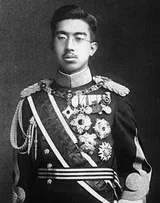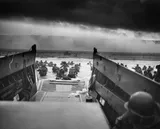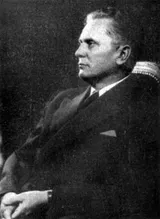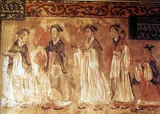null
Near you
See allYesterday
See allEuropean swordsmanship always had a sportive component, but the duel was always a possibility until World War I. Modern sport fencing began developing during the 19th century as the French and Italian military academies began codifying instruction. The Olympic games led to standard international rules, with the Féderation Internationale d'Escrime founded in 1913.


Tomorrow
See all No events found.
This month
See allGalerius assumed the consular fasces in 308 with Diocletian as his colleague. In the autumn of 308, Galerius again conferred with Diocletian at Carnuntum (Petronell-Carnuntum, Austria). Diocletian and Maximian were both present on 11 November 308, to see Galerius appoint Licinius to be Augustus in place of Severus, who had died at the hands of Maxentius.

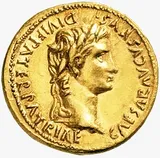
Collections
See allCold war
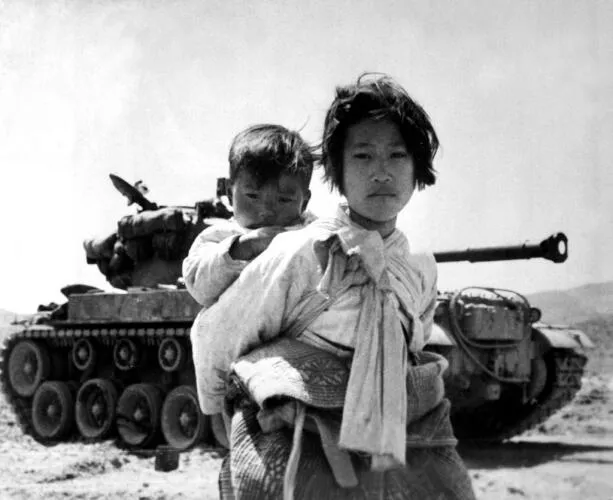



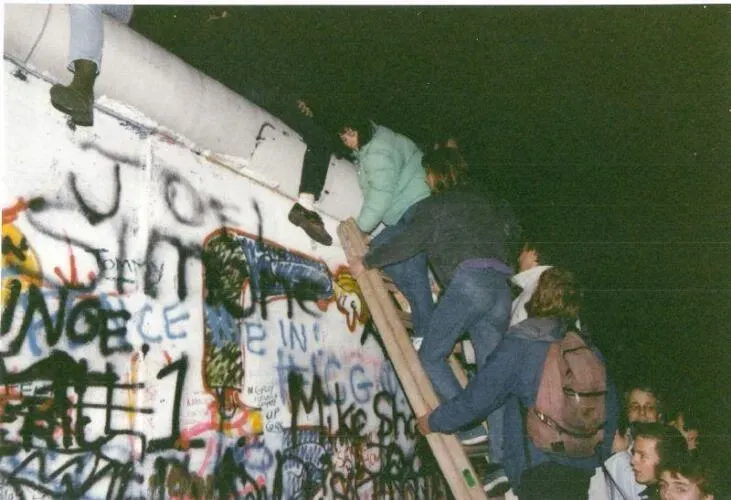

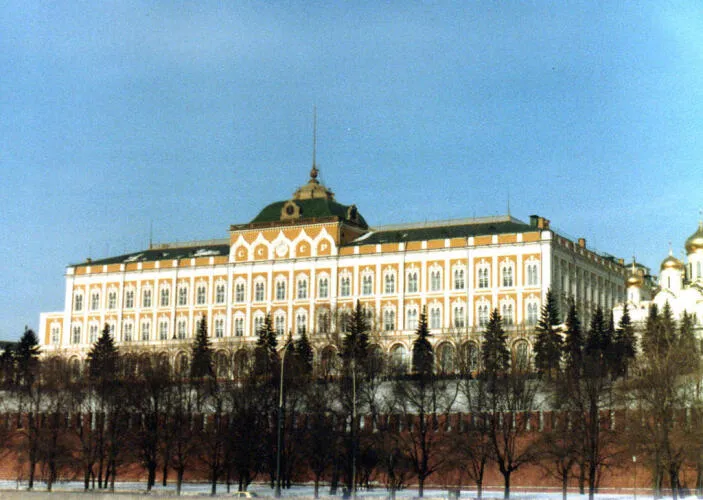
The Cold War was a period of geopolitical tension between the Soviet Union and the United States and their respective allies, the Eastern Bloc and the Western Bloc, after World War II.

Korean War

Vietnam War

Berlin Wall

Dissolution of the Soviet Union
U.S. Presidents
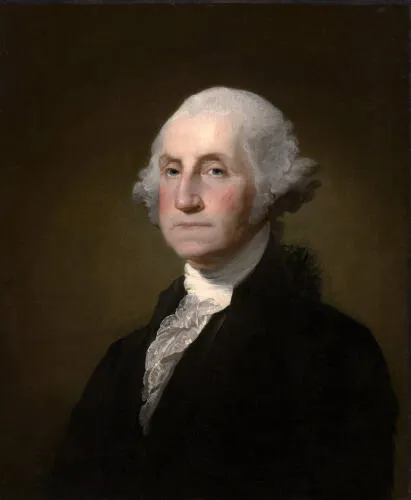

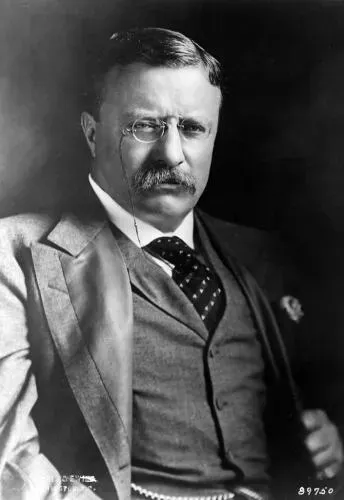

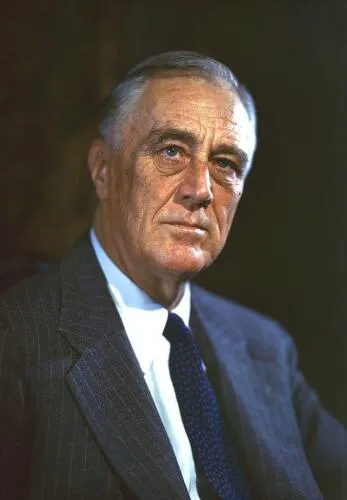

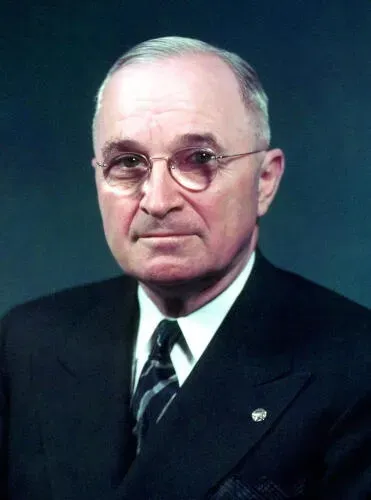

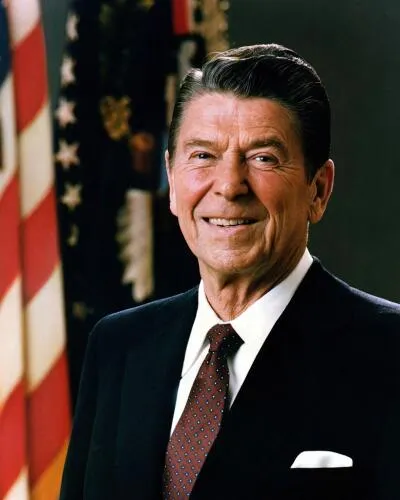

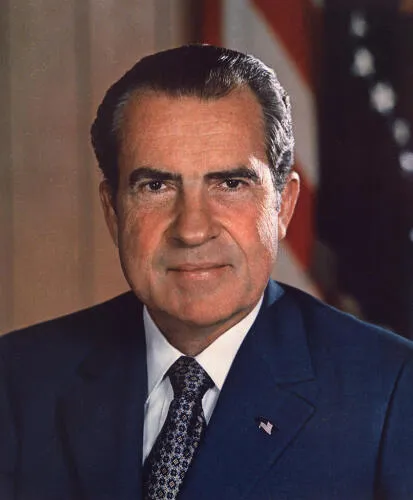

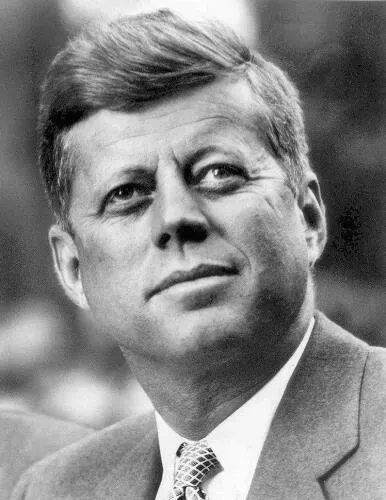

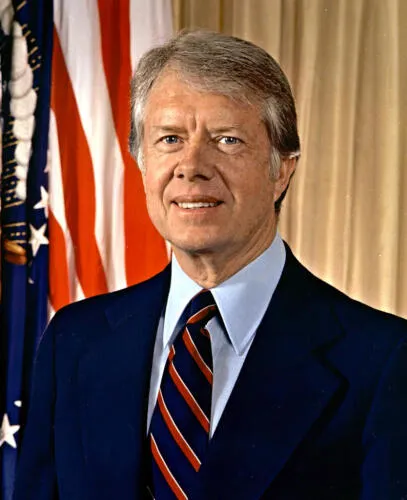



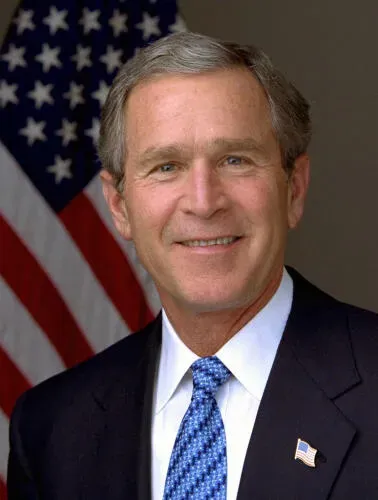

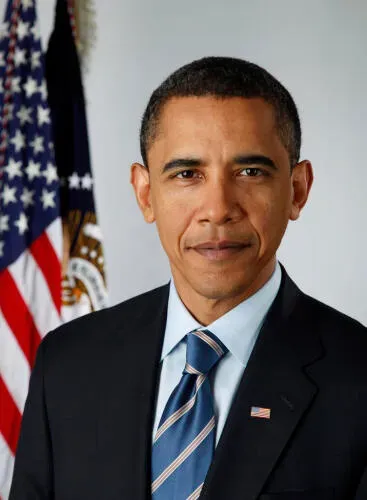
In this collection, we list U.S. Presidents Stories. The president of the United States is the head of state and head of government of the United States, indirectly elected to a 4-year term by the people through the Electoral College.

George Washington

Theodore Roosevelt

Franklin D. Roosevelt

Harry S. Truman

Ronald Reagan

Richard Nixon

John F. Kennedy

Jimmy Carter

Donald Trump

George W. Bush

Barack Obama
Great Women in History
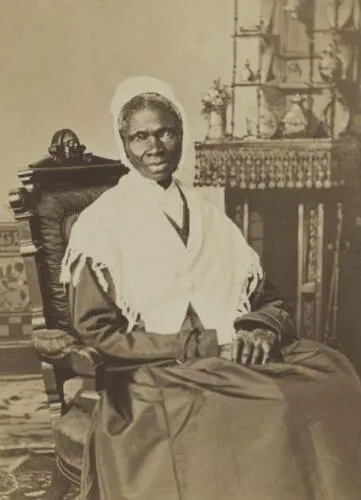

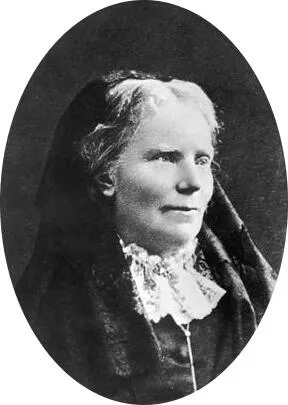

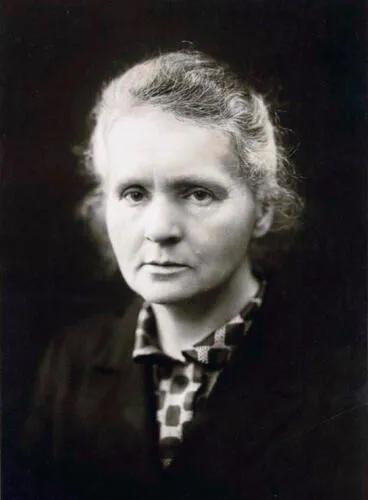

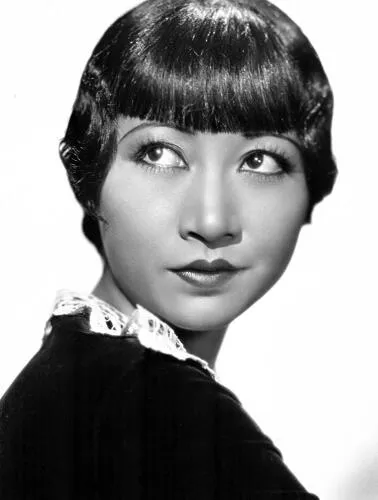

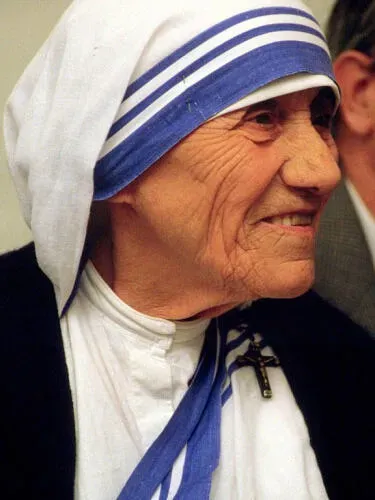

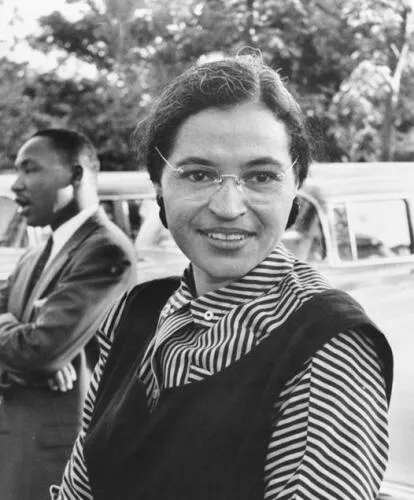

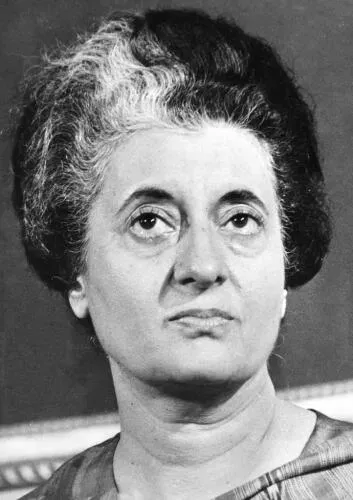

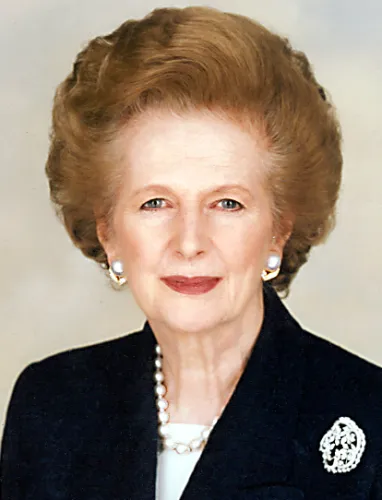

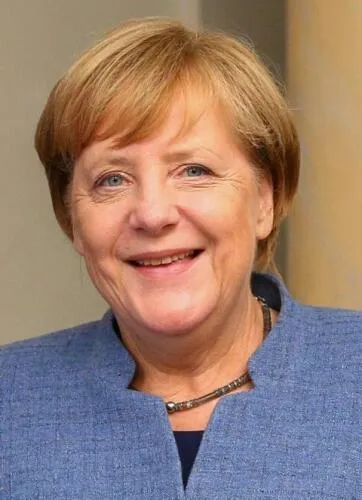







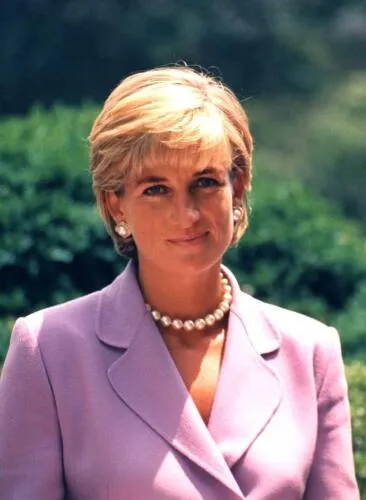
The female characters affected history.

Sojourner Truth

Elizabeth Blackwell

Marie Curie

Anna May Wong

Mother Teresa

Rosa Parks

Indira Gandhi

Margaret Thatcher

Angela Merkel

Halimah Yacob

Ruby Bridges

Theresa May

Princess Diana
